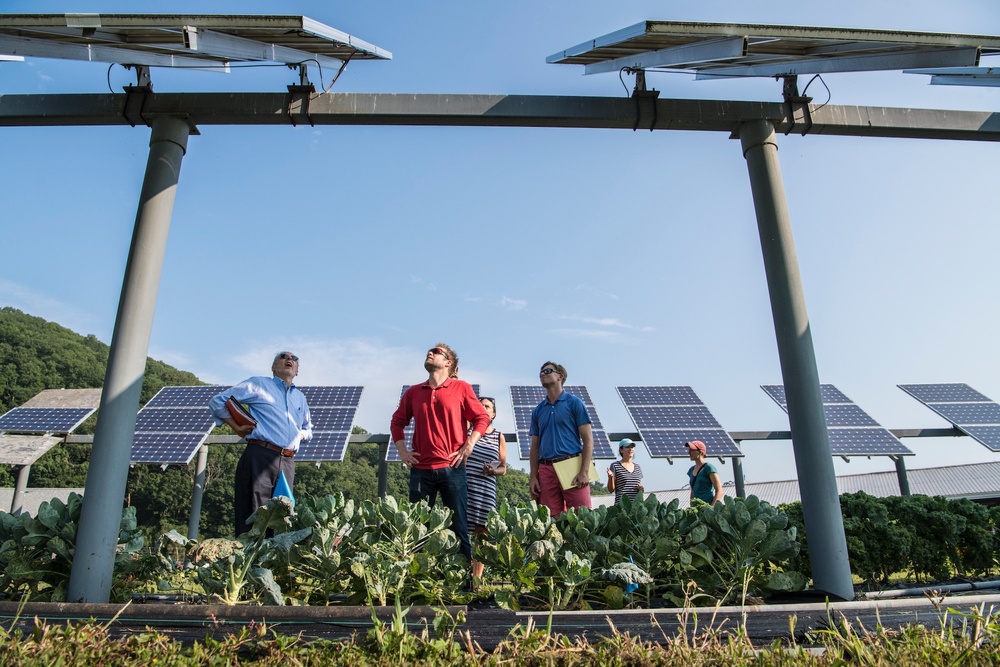Prime Minister Scott Morrison has stated that Australia should aim to reach net zero emissions ‘as soon as possible, and preferably by 2050’.
The PM’s comments have been met with a range of reactions across different sectors of Australia, but for the building and construction industries, the move presents opportunities to invest in more sustainable and efficient building methods.
Green Building Council Australia Backs Net Zero Goal For Improved Energy Efficiency
The Green Building Council of Australia (GBCA) have welcomed the news that Australia is going to start aiming for net zero emissions in the next thirty years. As stated in their policy snapshot, released in early February, achieving this goal depends on coordination across all areas of policy and investment.
GBCA has made a submission to the Federal Budget which includes opportunities for supporting the building industry’s transition into a greener future. These include making upgrades to existing buildings, and to approaches for future buildings, for improved energy efficiency and climate resilience.
Their 2021-2022 pre-budget submission to the Commonwealth Government highlights a suite of investment opportunities, including home energy retrofits, low emissions technologies commercialisation, energy efficient social housing, high performing public assets, and energy efficiency skills and training. These measures are designed to both reduce emissions and grow the economy.

Private Investment to Invest in Future-Focussed Infrastructure
Currently, buildings are responsible for almost a quarter of Australia’s carbon emissions. Private companies have indicated that they want to invest more heavily in industries that are planning for a more climate resilient future, however they require more clear signals from policy makers.
Historically, the building sector has not put a large focus on energy efficiency, despite the cost savings and other advantages available. But this is changing quickly. Selina Short, EY Oceania Real Estate and Built Environment leader says that ‘rapid transformation in the residential space, driven by technology, changing consumer demands, and a rethink post-COVID, means that future masterplanning will need to integrate the built environment and infrastructure in a way that increases resiliency to pending climate threats, while simultaneously reducing their own impacts on the environment.’
Matt Rennie, EY Strategy Partner, predicts that by the end of 2021 Australian households generating their own power using solar and battery storage will reach long-term cost parity with households using energy from the grid. But for the sector to become more efficient, more broadly, it will take even greater investment in renewables and sustainable initiatives.
Home Builders Reap Benefits of More Energy Efficient Houses
People building a home can often see energy efficiency measures as an additional cost with little reward. But making a residential home more sustainable has multiple benefits, both to the owner’s comfort and health, the wider community, and in cost savings.
Building a more energy efficient home can include measures such as designing the home to take advantage of the sun for natural heating, super-sealing and insulating the building envelope to prevent heat loss, using highly insulated windows and doors, installing energy recovery ventilation systems, and using energy efficient lighting and appliances. All of these save money on the costs of heating and cooling the home, which is often the largest energy expense. Additionally, zero energy homes and healthier and more comfortable than standard homes.